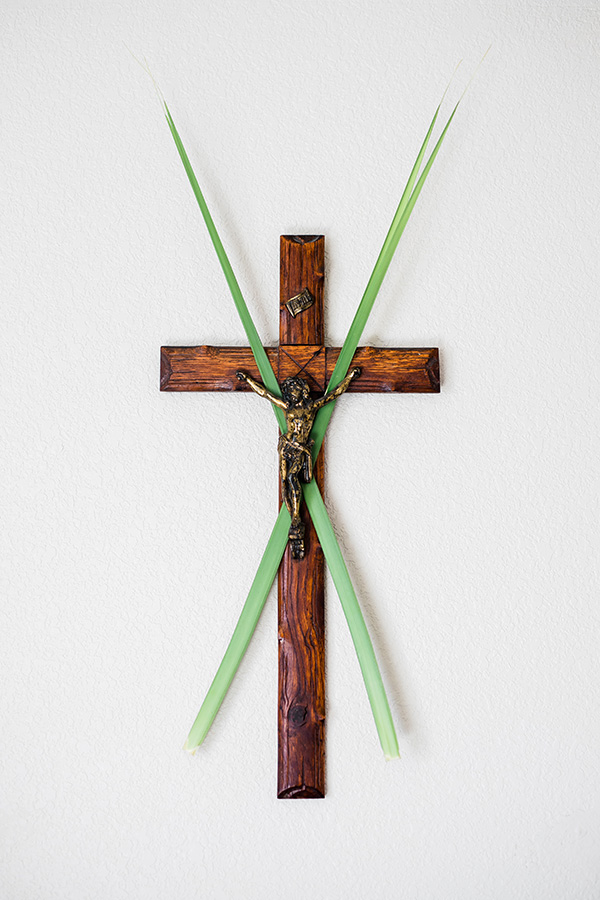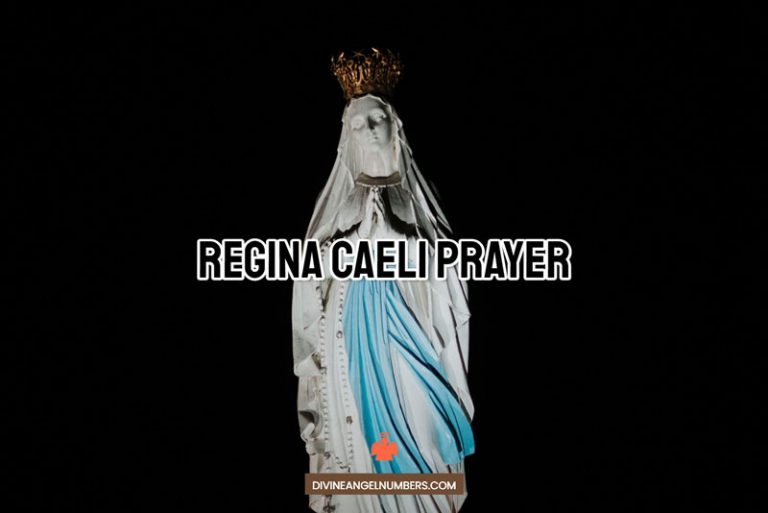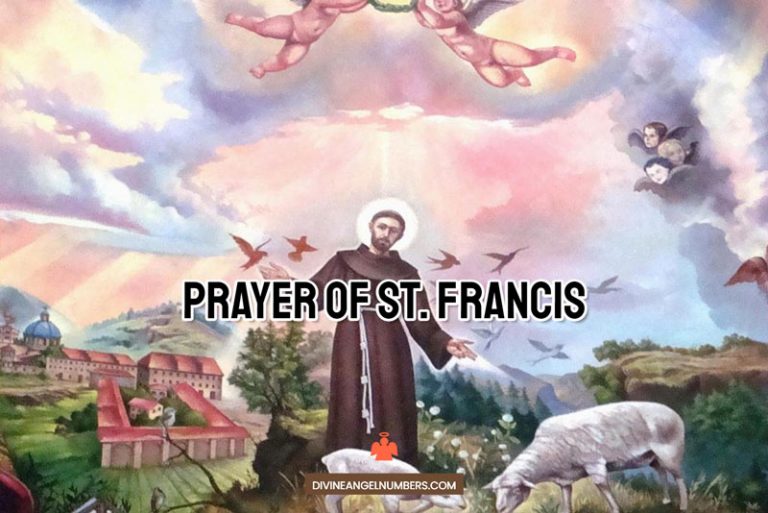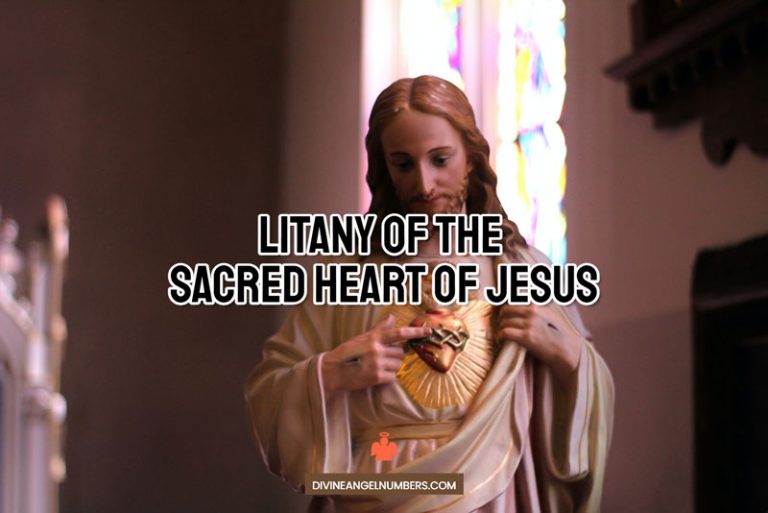In Christian tradition, Palm Sunday, also known as Passion Sunday, is the first day of the Holy Week and is celebrated exactly one week before Easter. Palm Sunday commemorates Jesus Christ’s entry into Jerusalem.
The holiday is mentioned in each of the four canonical Gospels. In many liturgical churches, Palm Sunday is celebrated by blessing and distributing palm branches.
Palm branches play a significant role in the celebrations because as Jesus Christ rode into Jerusalem, the crowd in front of him scattered palm branches that were woven into crosses.
In countries and regions where palm branches are difficult to obtain due to unfavorable climate, people substituted the palm with yew, olive, willow, and other native trees.
Subsequently, in those regions, the name of the holiday was substituted for the type of tree they used. For example, Yew Sunday or Oshana Sunday.
In many mainstream Christian denomination churches, palm branches are distributed among the congregation during the Palm Sunday liturgies.
People take these blessed palm branches to their homes where they hang the branch either next to Christian art or keep them inside Biblical Scriptures.
Origins of Palm Sunday
Each of the four canonical Gospels recounts Jesus Christ’s triumphant entry into Jerusalem weeks before his resurrection. The Gospel of John is the only Gospel that recounts the entire event which took place six days before Passover.
According to the Gospel of Luke, as Jesus approaches the city of Jerusalem, he begins to weep. This foretells his upcoming Passion along with the suffering that awaits in the city after the destruction of the Second Temple.

Palm Sunday Celebrations
In Eastern Orthodox and Oriental Christianity, Palm Sunday or Passion Sunday is also known as the Entry of the Lord into Jerusalem and is considered one of the Twelve Great Feasts of the liturgical year. On Lazarus Saturday, which comes a day before Palm Sunday, Christians prepare for the Palm Sunday procession by knotting palm fonds into crosses.
Since palm branches are not easily found in Eastern European Countries, therefore, the Russian Orthodox Church, Ukrainian Catholic Church, and the Polish, Bavarian, and Austrian Roman Catholic Churches use pussy willow and other box trees instead of palm.
During the Palm Sunday celebrations, the branches are blessed and distributed with candles on or before the Divine Liturgy on Sunday Morning.
On the other hand, in Western Christianity, palm branches symbolize goodness and victory. In ancient times, palm branches were even depicted on coins, buildings, and temples.
In several churches, members of the congregation, mostly children, would carry palm fonds with them as they walk in a procession inside the perimeter of the Church.
In Roman Catholic Churches, palm fonds or other tree branches are blessed with holy water outside the main church building. And immediately after that, a procession takes place with the entire congregation in its presence. This procession is known as the Palm Procession and is even conducted by some Anglican and Lutheran congregations.
In present-day Catholic Churches, the feast now coincides with the liturgy of the Passion Sunday. They even consider the blessed palms to be sacramentals. On the day, people are urged to wear deep scarlet red vestments which symbolize the color of blood and the redemptive sacrifice of Christ.
Significance of Palm Sunday
In many ways, the Palm Sunday celebrations prepare us for Easter. The service on Palm Sunday reflects the sharp contrasts of the Holy Week. On this day, in a joyous procession, the worshippers praise Jesus Christ as their Lord and Saviour.
As the service moves along, the congregation gets to hear the entire story of Jesus’s suffering and death. Through the Palm Sunday service, worshippers get the opportunity the rejoice in the wholeness of the Gospel.
Read more: Holy Thursday

Read more: Sacred Paschal Triduum
Palm Sunday Customs
Germany
In some regions of Germany, box trees and other twigs are blessed during the Palm procession. Riding a donkey or a wooden donkey carrying Jesus Christ on its back is a common tradition in some parts of Southern Germany.
India
In Indian catholic Churches, the Priests bless the palm branches on Palm Sunday. These branches are then distributed amongst the congregation after the Holy Mass. In some traditions, palm fonds are crafted into palm crosses which are kept at the altar till Ash Wednesday.
In Syriac Orthodox Churches and Syro-Malankara Catholic Church, on Palm Sunday during the reading of the Gospel, the crowd welcomes Jesus with the following phrase, “Hosanna! Blessed is he who is come and is to come in the name of the Lord God.” This phrase is repeated thrice by the congregation and is followed by flowers being scattered at the altar.
Ireland
In Irish Churches, due to the unavailability of palm trees, branches from yew, cypress, fir, and spruce are used during the Passion Sunday celebrations. In the 19th century, “Palm” branches were hung on the wall. There are some counties where the “Palm” branches were charred and a cross was made on eggs that were set for hatching. Shredded palm was even mixed through the seed grain.
Italy
In Italy, palm leaves along with olive branches are placed at house entrances on Palm Sunday. They are usually hung above the door and are kept until the following year’s Palm Sunday.
Philippines
Before the morning procession, a donkey carrying a statue of Jesus Christ or the presiding priest on horseback is brought to the local church. The congregation lines the entire route. They wave palm branches and distribute heirloom aprons in an imitation of the excited Jerusalemites.
Read more: Holy Thursday
Conclusion
Nowadays Palm Sunday is most commonly referred to as Passion Sunday. This day marks the beginning of Holy Week. During the liturgy, the prime focus is given to a lengthy reading of the Passion, which recounts Jesus’s sufferings and sacrifices for the rest of humanity. It is considered an important day for devout Christians as they get to rejoice in the wholeness of the Gospel.



